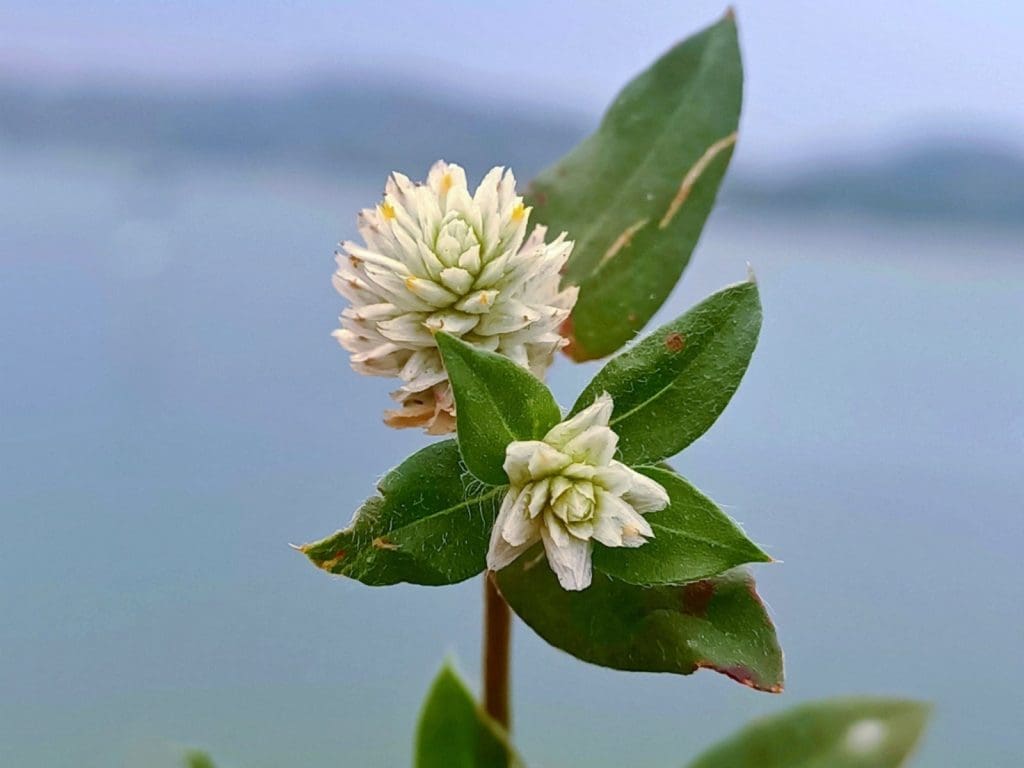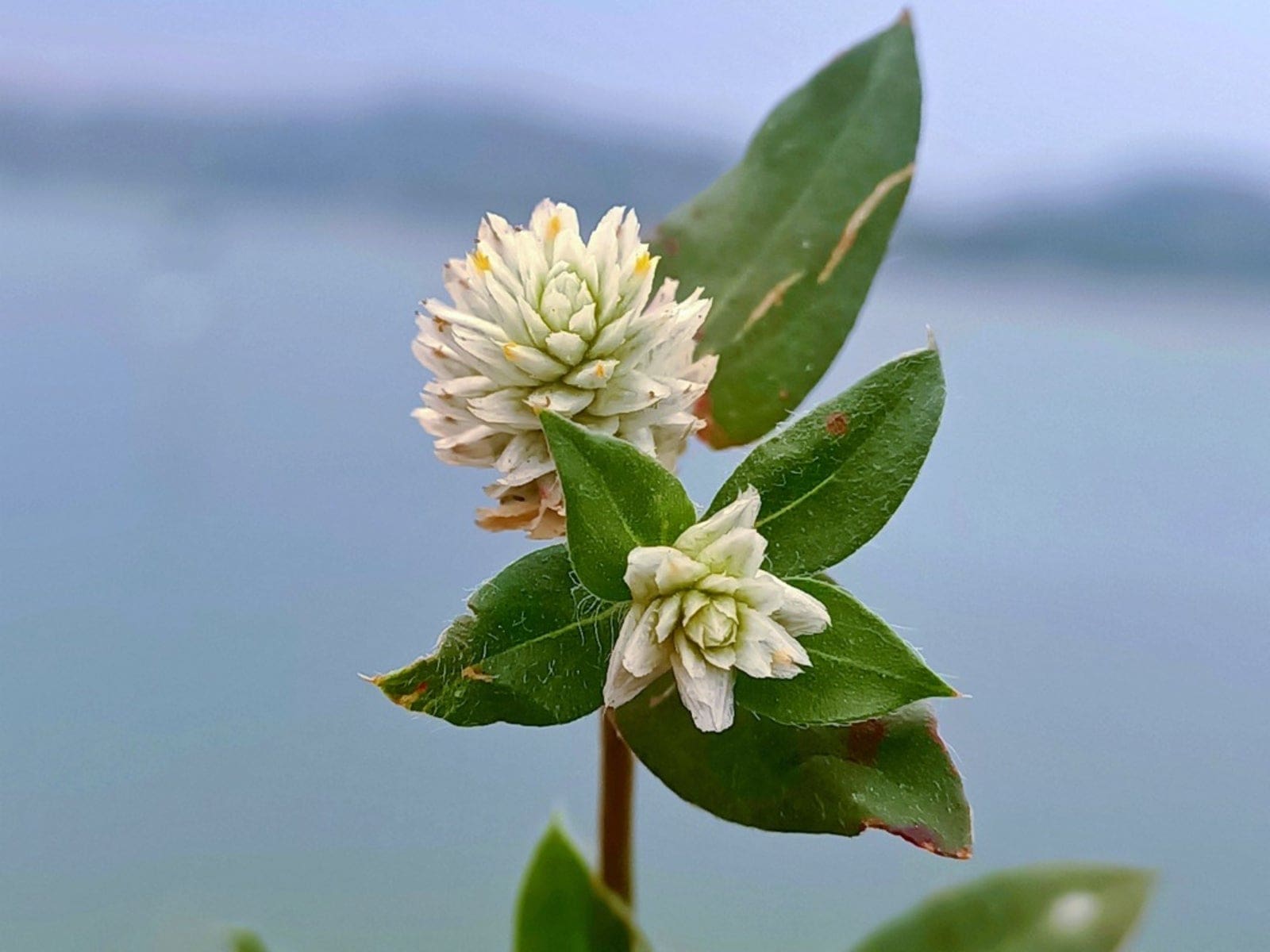Alligator weed is an invasive aquatic plant that often creates serious challenges for ecosystems and human activities alike. This rapidly spreading species can be found choking waterways, hindering water flow, and displacing native vegetation. As a result, it disrupts local habitats, impacts agriculture, and requires significant effort and resources to manage. Exploring the nature of this persistent weed and understanding its wide-reaching impact can help you grasp why it’s important to address this green menace head-on.
What Is Alligator Weed And Why Is It A Problem?
Have you ever heard of alligator weed and wondered why it’s such a big deal? If this aquatic plant has piqued your curiosity, you’ve come to the right place.
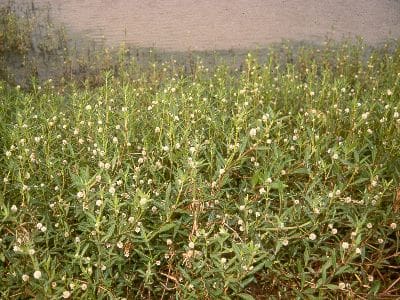
What Is Alligator Weed?
Alligator weed (Alternanthera philoxeroides) is a perennial aquatic plant known for its rapid growth and ability to thrive in various environments. Originating from South America, it has become an invasive species in many parts of the world, including North America, Australia, and Asia.
Characteristics of Alligator Weed
Alligator weed is characterized by its broad, glossy, and opposite leaves that grow in pairs along its stems. The plant produces small, white, clover-like flowers, usually between January and March.
| Attribute | Description |
|---|---|
| Leaves | Broad, glossy, opposite pairs |
| Flowers | Small, white, clover-like |
| Growth Habit | Rapid, dense mats on water surfaces and land |
| Native Regions | South America |
| Invasive Regions | North America, Australia, Asia |
Its ability to grow in both aquatic and terrestrial environments makes it extremely versatile, leading to significant ecological and economic impacts.
Why Is Alligator Weed a Problem?
So, why is alligator weed such a headache for both environmentalists and local communities? The plant’s invasive nature and resilience pose several challenges.
Ecological Impact
Alligator weed disrupts local ecosystems by outcompeting native plants for nutrients, sunlight, and space. This leads to reduced biodiversity, affecting various flora and fauna dependent on those native plants.
Economic Impact
The plant negatively affects agriculture and water management. In farming areas, alligator weed can choke irrigation channels, reducing water flow and affecting crop yields. It also increases maintenance costs for waterways and irrigation systems.
Health Concerns
Stagnant water accumulated around dense alligator weed growth becomes a breeding ground for mosquitoes. This can lead to an increase in mosquito-borne diseases such as malaria and dengue fever.
Recreational Impact
The dense mats of alligator weed can obstruct waterways, making fishing, boating, and other recreational activities difficult and unsafe.
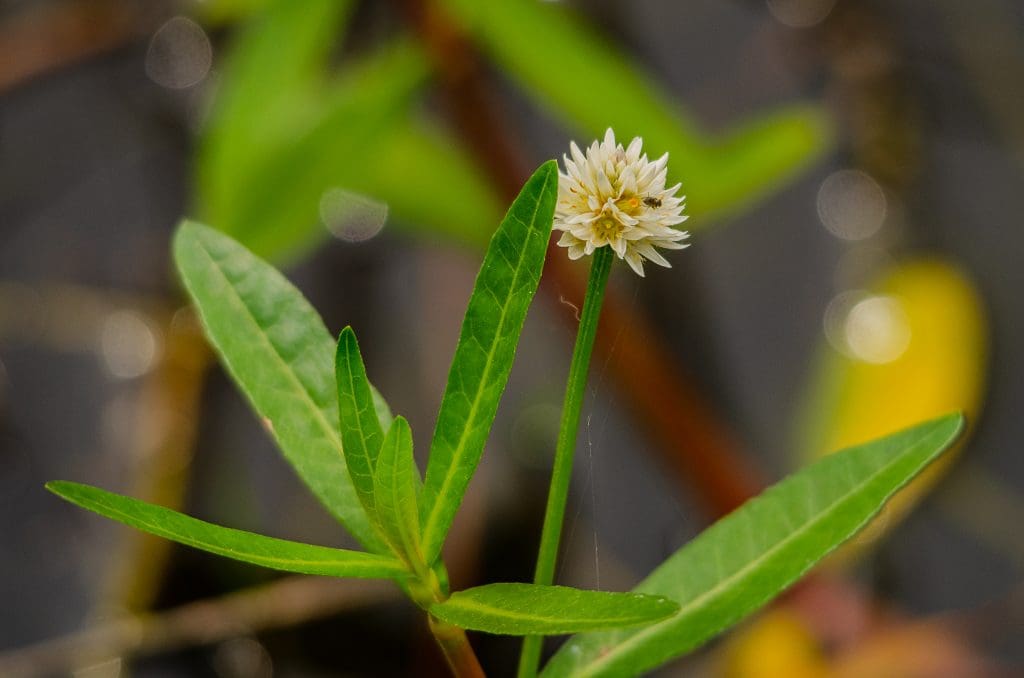
How Does Alligator Weed Spread?
Understanding the modes of reproduction and spread is crucial for effective management.
Reproduction Methods
Alligator weed reproduces both sexually (through seeds) and vegetatively (through stem fragments). The latter method is more significant in its invasive spread.
Human-Driven Spread
Activities such as boating, fishing, and the movement of soil can unintentionally facilitate the weed’s spread. Even small stem fragments attached to machinery or vehicles can lead to new infestations.
Natural Spread
Floodwaters and natural water currents also contribute to the plant’s distribution. The buoyant nature of stem fragments allows them to travel long distances.
Managing Alligator Weed
Due to its resilient and invasive nature, managing alligator weed requires a multifaceted approach.
Mechanical Methods
Mechanical control involves physical removal of the weed using tools or machinery. While effective in small areas, this method can be labor-intensive and costly for larger infestations.
Chemical Methods
Herbicides are commonly used to control alligator weed. However, they must be applied carefully to avoid damaging non-target species.
Biological Control
Biological control involves introducing natural enemies like insects and pathogens to reduce the weed’s population. For example, the flea beetle (Agasicles hygrophila) has been successfully used in some regions.
Integrated Management
Combining mechanical, chemical, and biological methods often yields the best results. Regular monitoring and adaptive management are crucial for long-term control.
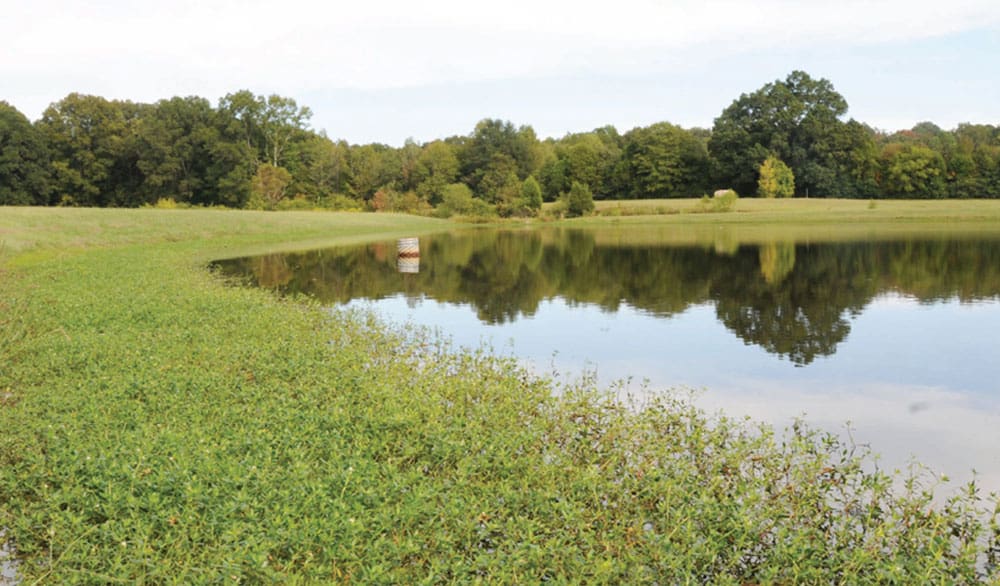
Preventing the Spread of Alligator Weed
Prevention is always better than cure. Here are some strategies to minimize the spread of alligator weed.
Awareness and Education
Educating the public about the risks and identification of alligator weed can help prevent unintentional spread.
Regulation and Policies
Implementing strict regulations on the transport of soil, watercraft, and agricultural machinery can significantly reduce the risk of new infestations.
Early Detection and Rapid Response
Quickly identifying and addressing new infestations can prevent large-scale spread. Regular monitoring and reporting are essential components of this strategy.
Conclusion
Alligator weed is not just an eyesore; it’s a serious problem that affects ecosystems, human health, and economies. By understanding what it is and why it’s harmful, we can take steps towards effective management and prevention. Whether through mechanical, chemical, or biological methods, or even a combination of these, it’s crucial to remain vigilant and proactive in tackling this invasive species.
So, next time you come across a patch of broad, glossy leaves on a waterway, you’ll know the significance of alligator weed and why it’s essential to control it. Let’s work together to protect our natural environments from this invasive threat.
